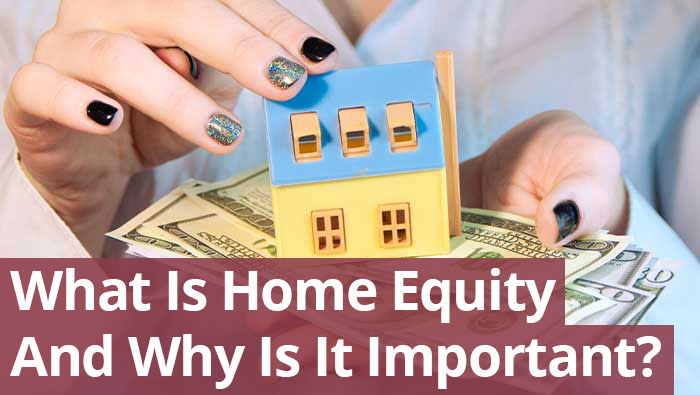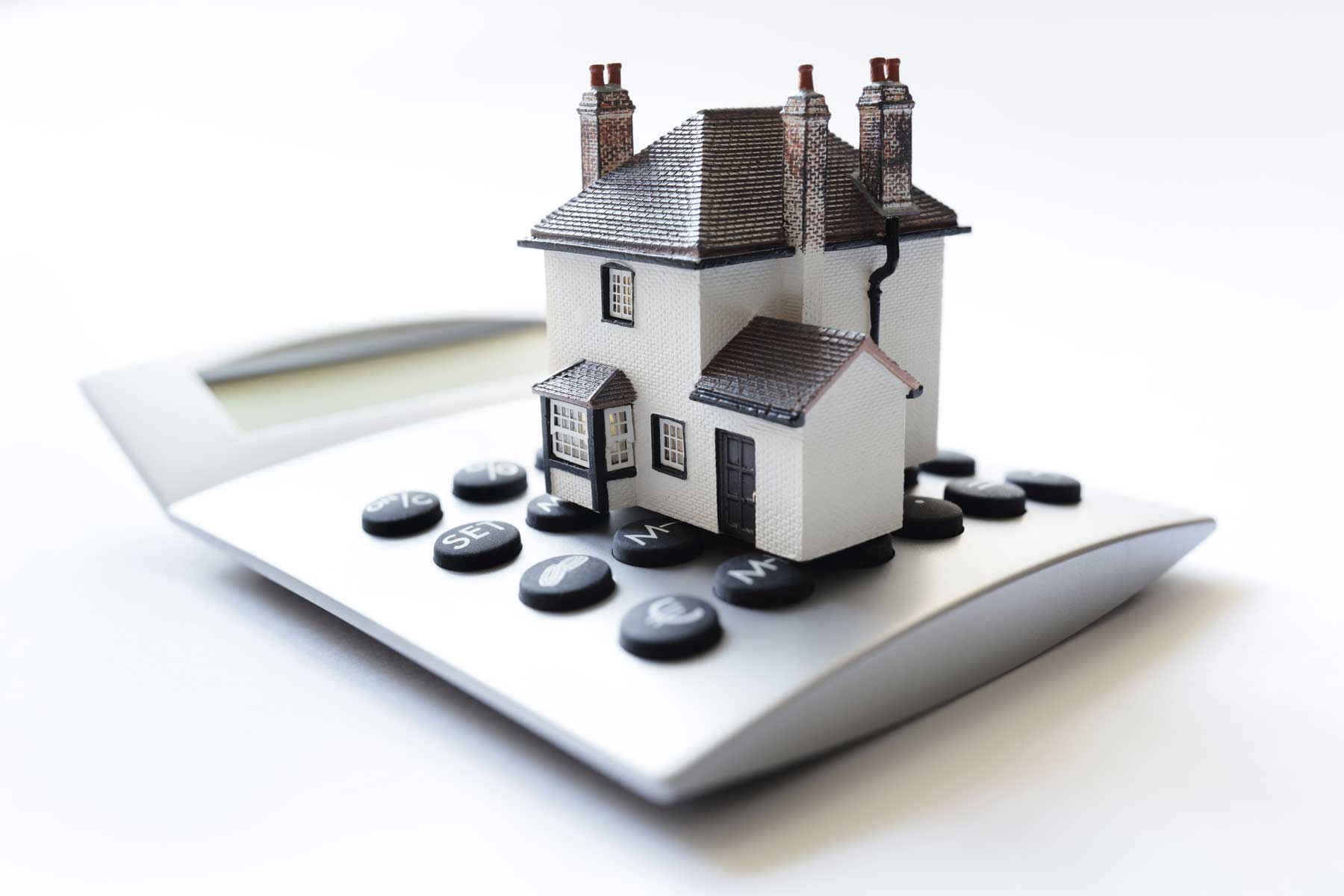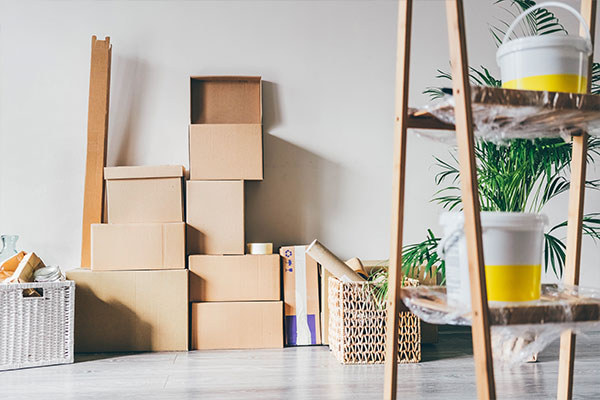You may be unsure of what it means to build equity in your home. For a better understanding of what home equity is and how to use it to your advantage, check out the article below!
Key takeaways
- Building equity in your home expands refinancing options in the future.
- Refinancing options can vary depending on personal situations and needs.
- Consult with a mortgage professional for expert advice on refinancing decisions.
What is home equity?
Home equity is the difference between what you owe on your mortgage and what your home is currently worth.
To calculate your home equity, take the current value of your home and subtract what you owe on your mortgage. For example, if the current value of your home is $250,000, and you owe $100,000 on your mortgage, then you have an equity of $150,000.
The more you pay off your mortgage, the higher your home equity (as long as your home value doesn’t decrease).
If your home value decreases faster than the rate at which you pay off your mortgage, then your equity will decrease as well.
There are two main ways to build home equity: by paying off your mortgage, or if your house increases in value.
To determine the current value of your home, you will need to talk to a real estate appraiser. But you can also try doing your own research to get an estimate. If you search for real estate prices in your neighborhood and look at properties that are similar to your home, those property prices can give you a general idea of what your home is currently worth.
Here are some ways you can build equity in your home:
- Make a large down payment
- Focus on paying off the mortgage
- Stay in your home longer than 5 years
- Renovate and add curb appeal (landscaping, kitchen & bathroom updates)
How to use your home equity: Cash-out refinance
In a cash-out refinance, you refinance your current home loan for more than what you owe on your mortgage. You can receive the difference (the new loan amount minus what you owe) in cash. In order to qualify for a cash-out refinance, you need to build equity in your home.
Let’s say you take out a loan for a house that costs $200,000. One year later, you’ve paid off $50,000 of that mortgage, and good news! Your house has increased in value to $250,000!
This means you now owe $150,000 on your original mortgage, and you have $100,000 in home equity.
If you choose to refinance your current loan for $200,000, then you can receive a $50,000 check at closing. The $50,000 sum is the difference between your new loan amount and what you owe on your original mortgage.
However, you will need to repay that $200,000 in monthly payments with interest, along with the closing costs of refinancing.
The amount of extra money you can get from this cash-out depends on how much equity you have. The more equity you have in your home, the more money you can take from a cash-out refinance.
Traditionally, a lot of homeowners use the cash-out refinance to pay off credit cards or renovate their homes. You can also use this extra cash for travel, investing in your business, or even major life events such as paying for your kid’s college tuition.
Summary
Building equity in your home gives you more refinancing options for the future. It’s hard to predict what may come up later down the road, so having the freedom to tap into your home equity can help you prepare for major life events.
It’s helpful to understand your different options when it comes to refinancing. But if you’re interested in refinancing your home, you should speak to a mortgage professional who can look at your unique situation and help you make the best decisions for you.














